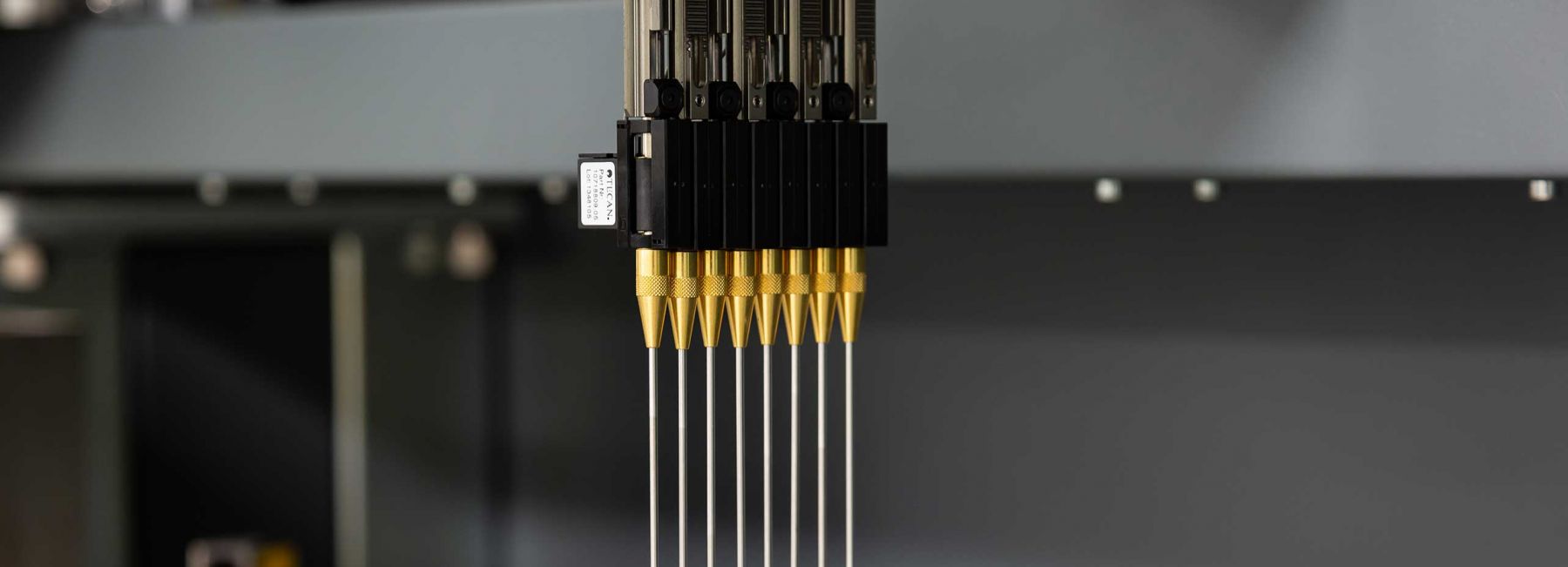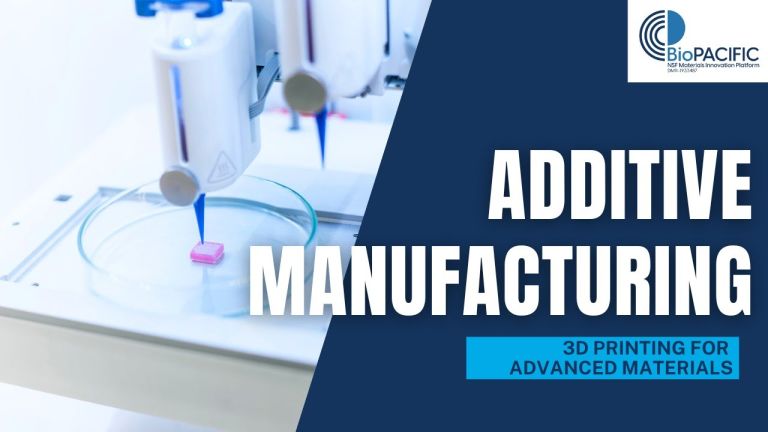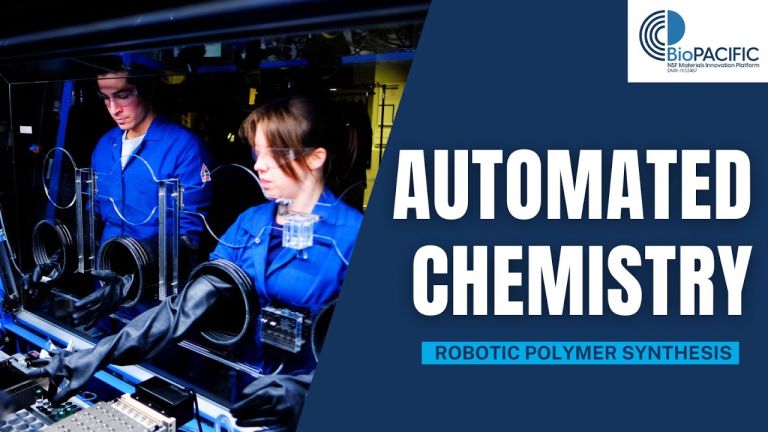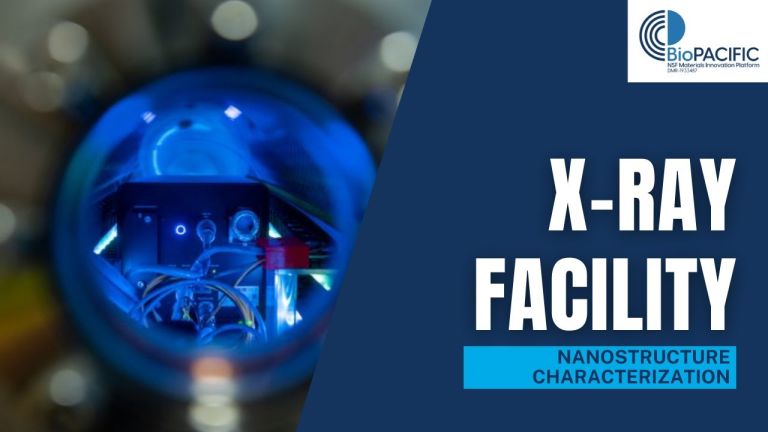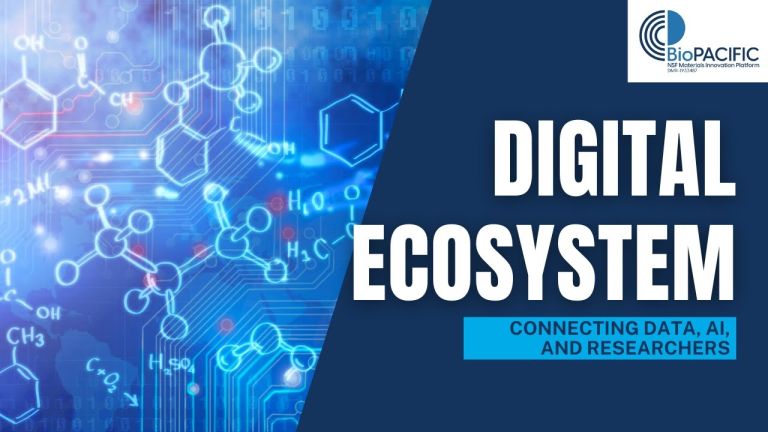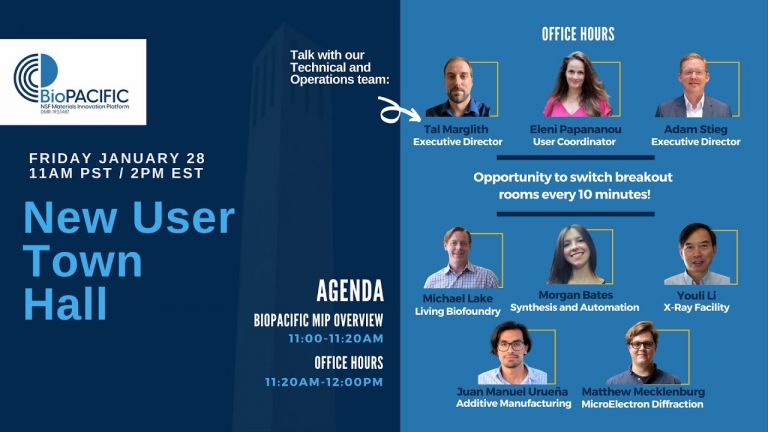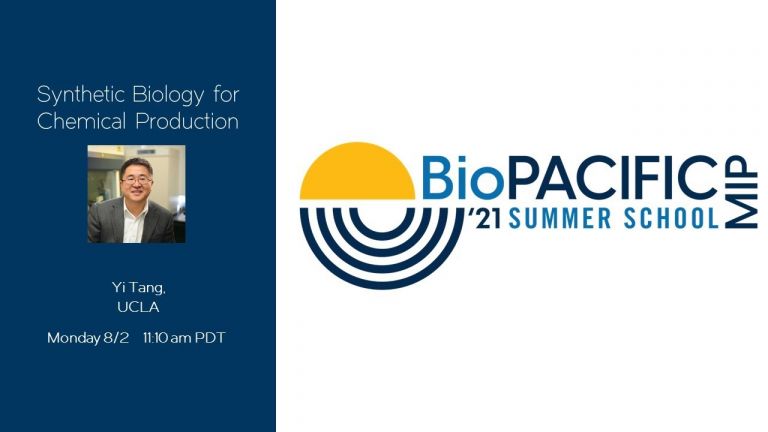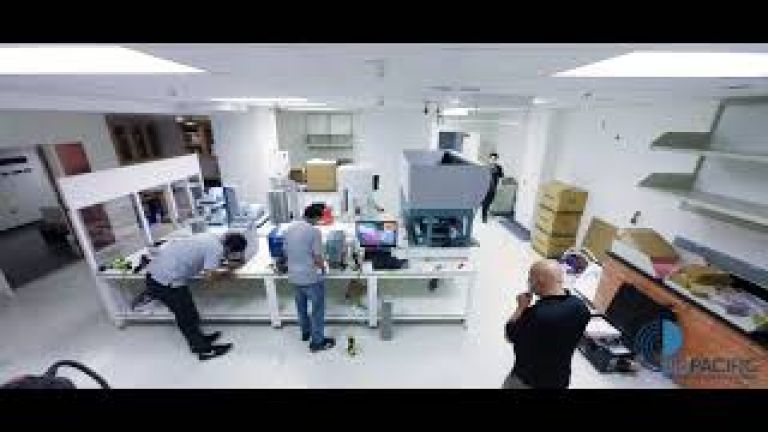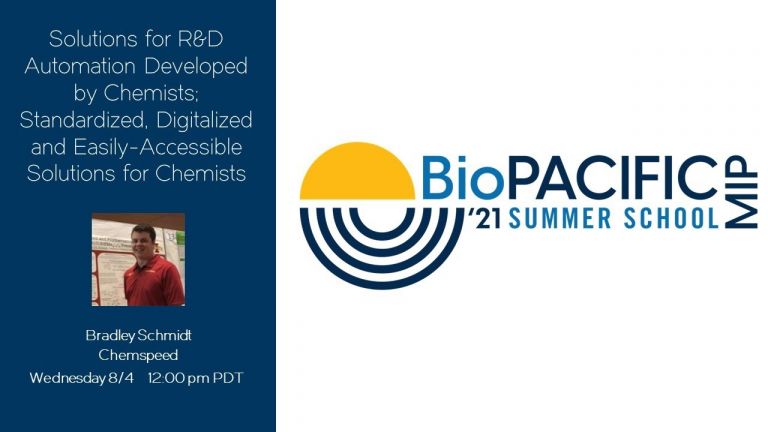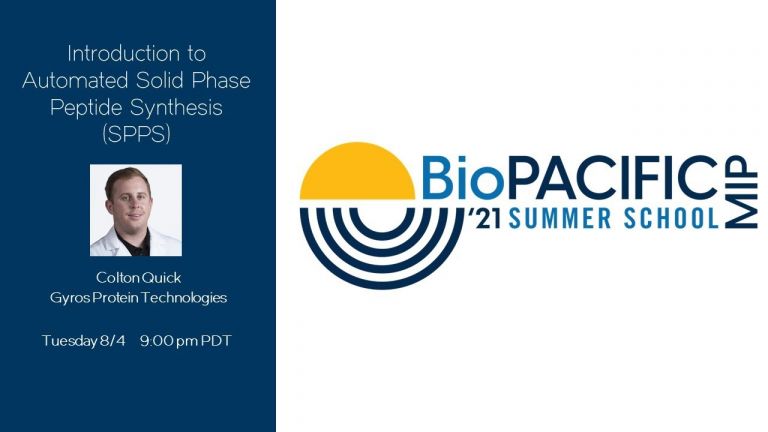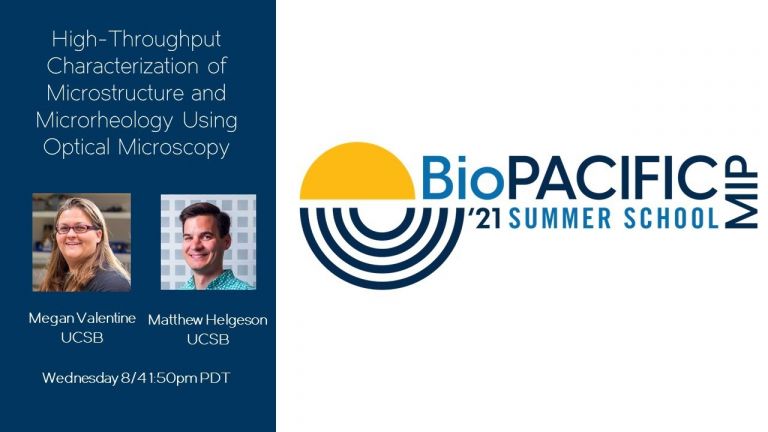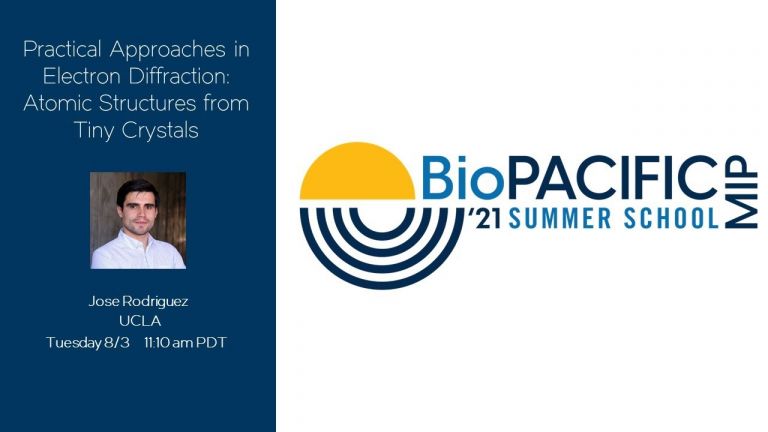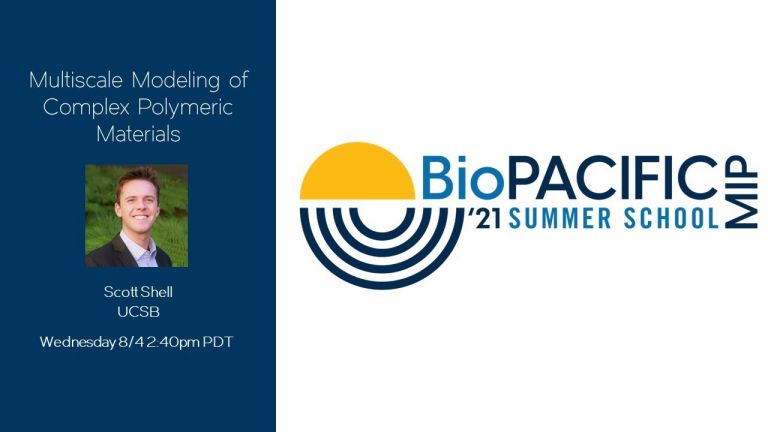About the Platform
The NSF BioPACIFIC MIP (DMR-2445868) operates a one of a kind user facility dedicated to creating a nexus for synthetic biology and materials to revolutionize high-performance polymers. Users are uniquely able to elucidate biomaterial structure and function to achieve materials-by-design, construct new bio-derived functional monomers from living organisms, access novel sequence-specific materials (e.g. peptoids), synthesize stimuli-responsive “smart” biomaterials, scale-up biomaterial production, and incorporate state-of-the-art field-theoretic simulation and machine learning algorithms. The bulk of the platform activity is devoted to the design and development of unique automated materials synthesis and characterization capabilities with the realization that these tools address a major gap in the US mid-scale and large-scale instrumentation portfolio available to engineers and scientists in this country. In all cases, this platform is made possible by the unique and collective expertise of the BioPACIFIC MIP faculty and staff. BioPACIFIC MIP facilities are open to all US scientists via a reviewed User Proposal process.
New users
Interested becoming a user?
Find Experts
Find people by area of expertise.
BioPACIFIC MIP Wiki
Dig deeper on technical documentation.
UC Santa Barbara
The UCSB hub of the BioPACIFIC MIP enables users to complete the Design-Build-Test-Learn cycle for novel bio-derived polymers by providing access to automated synthetic and flow chemistry equipment suites, additive manufacturing tools that accommodate both user-designed and commercial resins, rapid structure-property determination via next-generation X-Ray scattering characterization and high-throughput micro-rheology, advanced simulation tools and holistic data collection, mining, and analysis to inform experimentation and facilitate next-generation materials discovery and design.
UC Los Angeles
The UCLA hub of the BioPACIFIC MIP enables users to accelerate the discovery and scale-up production of bio-derived building blocks and biopolymers using a robotic and automated Living Bioreactor system for gene assembly, amplification, transformation, strain growth, and metabolite analysis. A mineable data library of biosynthetic pathways is under development and will be made available to users. Users also have access to the BioPACIFIC MIP’s first of its kind Cryo-EM microcrystal electron diffraction (MicroED) system that provides accelerated 2D and 3D structure determination of small molecules, peptides/peptoids, and semi-crystalline polymers.
Computation, Data, and Artificial Intelligence
The BioPACIFIC MIP computation resources support advanced simulation tools and a Digital Ecosystem of scientific software applications for use in the MIP, including an electronic laboratory notebook (ELN) for recording experimental protocols and observations, a laboratory information management system (LIMS) for aggregating data from synthesis and characterization tools, and a materials library for browsing available BioPACIFIC MIP-synthesized compounds and their associated data sets. The Digital Ecosystem is equipped with an AI assistant and an Application Programming Interface (API) to facilitate data and ML-driven experimental design. BioPACIFIC MIP also offers a Wikipedia-like application (BPM Wiki) that contains information about the instrumentation available to MIP users and provides descriptions and tutorials for Digital Ecosystem. Published data and materials produced from standardized and scalable protocols achieve public visibility via the BioPACIFIC MIP library and LIMS.
Related Videos
- BioPACIFIC MIP Additive Manufacturing Facility: Open Access 3D Printers for Advanced Materials
- BioPACIFIC MIP Automated Chemistry Facility: Robotic Polymer Synthesis
- BioPACIFIC MIP microED: Three‐dimensional electron crystallography of microcrystals
- BioPACIFIC MIP Living BioFoundry: Automated Gene Assembly & Metabolite Analysis
- BioPACIFIC MIP SAXS Facility
- BioPACIFIC MIP Digital Ecosystem
- BioPACIFIC MIP Town Hall January 2022
- Summer School 2021 - Synthetic Biology for Chemical Production - Y. Tang
- BioPACIFIC MIP Living Biofoundry Install Time-Lapse
- Summer School 2021 - Solutions for R&D Automation Developed by Chemists - B. Schmidt
- Summer School 2021 - Introduction to Automated Solid Phase Peptide Synthesis - C. Quick
- Summer School 2021 - High-Throughput Characterization of Microstructure and Microrheology - M. Valentine and M. Helgeson
- Summer School 2021 - Practical Approaches in Electron Diffraction - J. Rodriguez
- Summer School 2021 - Multiscale Modeling of Complex Polymeric Materials - S. Shell
- BioPACIFIC MIP X-ray Facility Construction
Acknowledging BioPACIFIC MIP Building Community
The BioPACIFIC MIP platform can only thrive through the development of a critically large community of engaged researchers. Communication, contextualization, and acknowledgement of how BioPACIFIC MIP resources enable results helps prospective users understand how they might advance their research by joining the community.
To promote this mission of knowledge sharing and growth, researchers working on approved user projects or in-house research at BioPACIFIC MIP should:
- Mention BioPACIFIC MIP within the main body of publications, in the methods section or where the facilities or procedures are described; example: “SAXS measurements were performed at the BioPACIFIC MIP user facilities at UC Santa Barbara.”
- Include the BioPACIFIC MIP logo and mention the relevant instrumentation when describing experimental methodologies in conference presentations and posters; see the video in the inset for an example.
And must:
- Acknowledge both the BioPACIFIC MIP award number (DMR-1933487 or DMR-2445868) and the BioPACIFIC MIP name in all publications that are generated or resulting from BioPACIFIC MIP in-house research and BioPACIFIC user projects, including through use of the BioPACIFIC MIP funded tools, materials, or data in person or virtually; example: “This work was supported by the BioPACIFIC Materials Innovation Platform of the National Science Foundation under Award No. DMR-2445868.”
- Acknowledge the BioPACIFIC MIP award number (DMR-1933487 or DMR-2445868) and/or BioPACIFIC MIP name in all presentations, websites, press releases, etc. that are generated or resulting from BioPACIFIC MIP support under the Materials Innovation Platforms solicitation (NSF 25-521).
For users accessing the facilities through the recharge/fee mechanism:
- The BioPACIFIC MIP award number (DMR-1933487 or DMR-2445868) must be acknowledged in all publications that are generated or resulting from BioPACIFIC MIP support under the Materials Innovation Platforms solicitation (NSF 25-521), including use of the BioPACIFIC MIP funded tools, materials, or data in person or virtually.
- The BioPACIFIC MIP award number (DMR1933487 or DMR-2445868) and/or BioPACIFIC MIP name must be acknowledged in all presentations, websites, press releases, etc. that are generated or resulting from BioPACIFIC MIP support under the Materials Innovation Platforms solicitation (NSF 25-521).
For the users of the Falcon 3 camera on the Spectra 300C at UCLA, award number S10OD018111 from the National Institutes of Health should also be acknowledged.
Which Award Number Should I Acknowledge?
The BioPACIFIC MIP award number that should be acknowledged depends on the User Project number.
- Non-UCSB or UCLA User Projects numbered BPE079 and lower should acknowledge support from DMR-1933487.
- UCSB or UCLA User Projects numbered BPL027 and lower should acknowledge support from DMR-1933487.
- User Projects starting with BPE080 and BPL028 and higher should acknowledge support from DMR-2445868.
Working on in-house SET research? Work on the 2024-25 SETs 1-4 should acknowledge support from DMR-1933487. Work on SETs 1 and 2 starting September 2025 should acknowledge DMR-2445868.
Still unsure? Please reach out to us at info@biopacificmip.org
